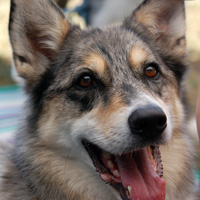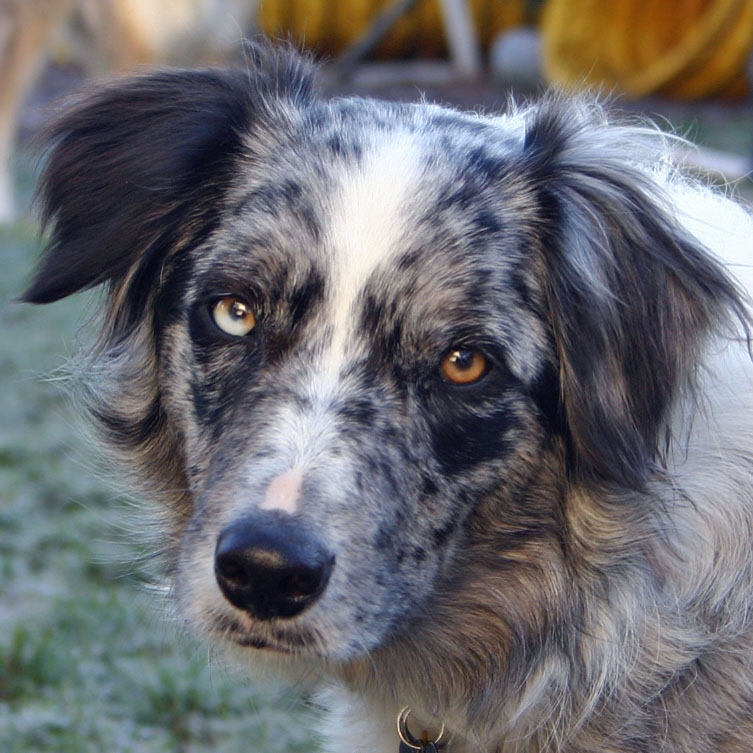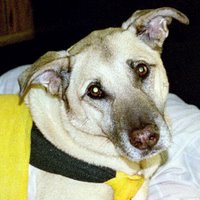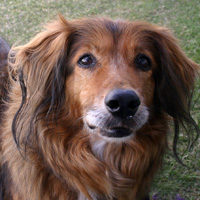Obstacle Times
SUMMARY: Are we competitive? Are we excellent? Or are we just dawdling along?
Kathy Keats has did a lot of work over several years accruing statistics on how quickly dogs do various agility obstacles. She was one of the first to start treating agility as a professional sport, where details like exactly how fast your weaves are or how quickly you cover ground is extremely important competitive information.
The latest post that I've seen of her data goes back to 2004; I've tried Googling for more recent info and haven't found any. Anyone seen anything more recent?
AGILEDOGS Digest - 23 Aug 2004 - Special issue (#2004-679)
From Kathy Keats
These have changed quite a bit in the last year or so...now:
A-Frame
Respectable 2.5
Competitive Less than 1.8
Excellent 1.3
Dog Walk
Respectable 3.0
Competitive Less than 2.2
Excellent 1.6 (fastest big dogs are pushing 1.4)
SeeSaw
Respectable 2.0
Competitive Less than 1.5
Excellent 1.0 (big dogs only)
Weaves - a lot of people think that weaving is faster than it is. In
the 60 weave pole challenge dogs are going just over 12 seconds for 5
sets of poles. 12 seconds divided by 5 is 2.4. Although you can argue
the dogs slow down as they get tired, even a dog weaving at 11 seconds
which no one has come near yet is only going 2.2 seconds per set. The
first 3 poles of a set requires the dog to slow a tiny bit and get his
rhythm.
Respectable 3.5 to 4.0
Competitive Less than 3.0
Excellent Less than 2.5
Taj MuttHall times
I'm operating off the videos with a stopwatch, rather than working in real life with electronic timers, so it's hard to know how valid these numbers are. Here's how I timed them:
Contacts: From first paw hitting the obstacle to first paw on the ground on the other side.
Weaves: Head past first pole to head past last pole.
I thought that Boost's contact obstacles were significantly faster than Tika's; in execution, to my great surprise, they're very close on the Aframe and the Dogwalk because Boost runs up from the bottom and down to the end while Tika flies onto the up ramp and leaps off the down ramp in her "modified running contact." The main differences are the teeter and the weaves.
Here's what I got:
Tika:
Aframe: 1.6 seconds
Dogwalk: 2.4 seconds
Teeter: 1.3 seconds
Weaves: 3.3 seconds
Boost:
Aframe: 1.55 seconds
Dogwalk: 2.4 seconds
Teeter: 1.18 seconds
Weaves: 2.5 seconds
Labels: boost speed, speed, statistics, Tika speed
Complete list of labels





4 Comments:
i haven't timed anything in quite a while- thanks for posting that- it's a good reminder to do that!
I love this stat stuff!! Thanks for posting it. You reminded me I need to work on times for our teeters, they stink, whereas the others aren't too bad.
Interesting stuff. I wonder though if a yps for a full course is a better indication of competitiveness. Certainly courses can vary widely, some require more turning and collection and thus causing a lower yps but maybe an average over say 20 courses would be a good indication.
I think that obstacle times only tell part of the story esp. as they're being measured here. For example if a dog spends a lot of time (relatively speaking) collecting for a weave pole entry it might end up slower than a dog that can hit the entry at speed but moves through the actual poles at a slower rate.
Of course the overall time is what determines who wins. But when classes are being won by hundredths of seconds--at nationals, regionals, local trials all the time--it's not enough to say "I average 5 yps." You have to be able to break it down and figure out why you lost by .02 seconds (or 1 second or 2 seconds). You're right, these obstacles are definitely just part of it, but it's no longer enough (if you want to be at the top of the game) to just look at overall yps. You have to know who's making the serp faster, the wrap faster, the turn left or right faster, the collection to the weaves faster, and all that. Because, to get faster, you have to know where exactly it is that you're slower. That's why those overlaid videos are so useful when comparing 2 dogs who are close; you can see exactly where on the course one dog gained 2 steps on the other dog and the other one never gained it back (or conversely, one dog gained 2 steps and then later the other one gained it back and more); then you know exactly what to focus on to improve your performace, not merely "I have to be faster."
I'm not entirely positive how Kathy measures the times on the obstacles. She uses electronic timing, and I'm not sure whether she measures the approach, but I don't think so. That's harder to do, because e.g. entry to weaves will vary so much depending on the preceding obstacle and the angle at which they're approaching. Which is something else to measure--are you slower approaching from the left? right? straight on? So, yes, obst times are only part of the story, and the other parts need to be measured, too, in smaller chunks, because average yps isn't nearly enough info to tell anyone what to work on.
Post a Comment
Links to this post:
Create a Link
<< Home